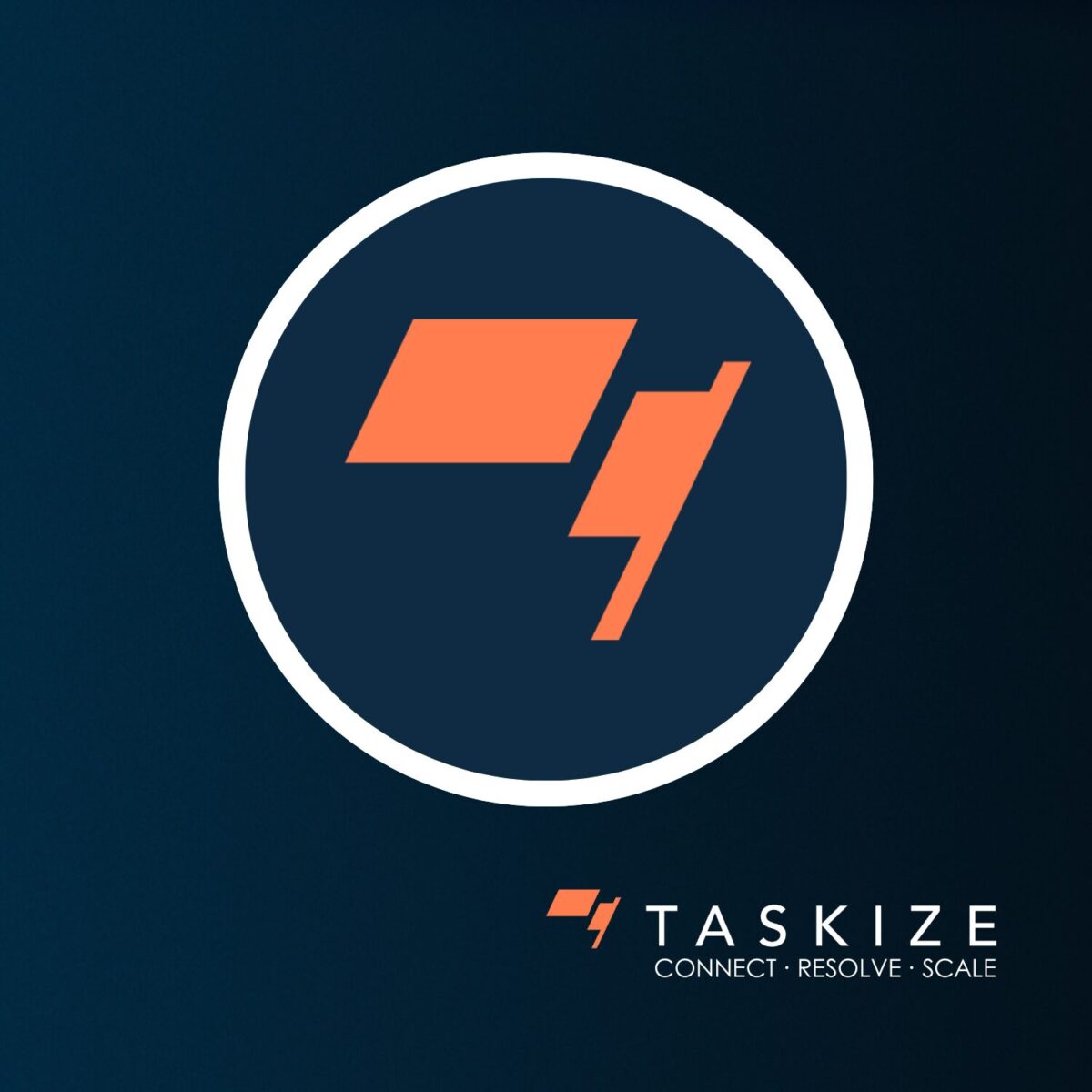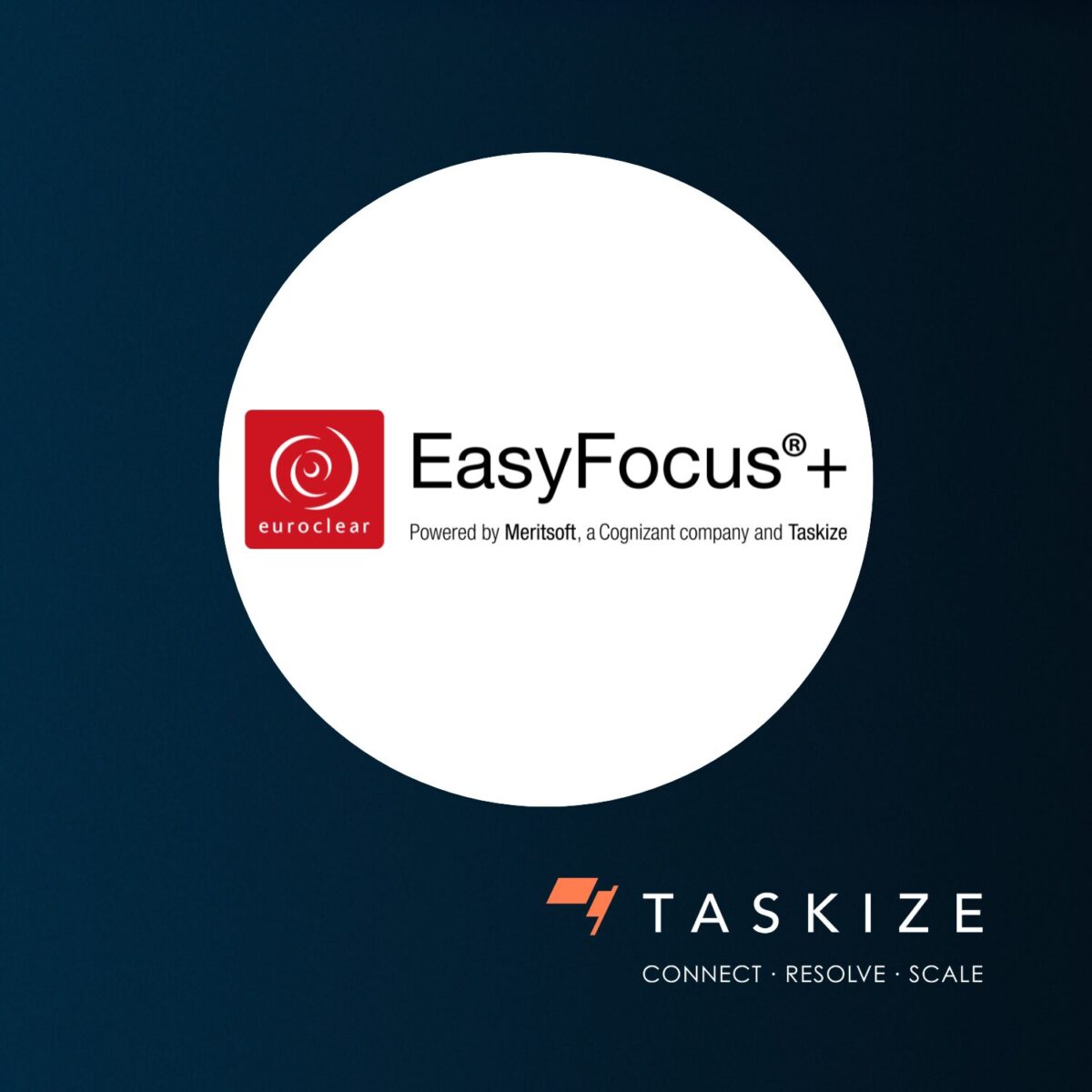Insights
In any supply chain, the first and last miles add the most value. This is where the successful service provider combines its broad domain expertise with a specific understanding of a market segment to tailor industrialised processes to meet individual requirements. In a fragmented supply chain, however, constantly tweaking and tailoring every link in the chain results in a high degree of customisation that thwarts overall process efficiency. And as products mature and priorities change, there is a risk that yesterday’s differentiator becomes tomorrow’s commodity, further diminishing the value proposition.
This is where the back offices of the financial markets are today. Processes and systems are so complex and customised they cannot interact effectively with parallel applications at similar institutions. Yet they are so embedded they are irreplaceable without considerable investment of time and effort.
While recent technological innovations promise ways out of the quagmire, there is often a massive gap between today’s balkanised legacy landscape and the cleaner, simpler vision of tomorrow. For example, distributed ledger technology (DLT) could simplify back-office processes, but the migration or replication of existing workflows, practices, and concepts is hugely complex. The nirvana that is DLT remains many, many years away.
But banks need results now to meet regulatory demands, budgetary constraints and customer expectations. While the development of DLT-based solutions rolls on, the industry continues to look for platforms where they can solve common challenges, particularly to perform standardised tasks at scale and at speed.
The present post-crisis period is surely the age of the utility: standards-based KYC document exchanges, margin call platforms, and ISO 20022 which facilitates cross-border payments and securities. Current initiatives are commonly standards-based platforms, designed with substantial industry consultation to handle universal processes and tasks, offering maximum connectivity to peers with minimal in-house implementation. Technological innovation is most effective when it leverages or interacts with existing systems to generate new sources of customer value.
This approach can also transform reconciliation and other back-office processes. Staff and systems are doing as well as they can, but they are hampered by their separation from their counterparties, caused by a lack of standardisation and communication, often the unintended consequence of customising a process for a client that no longer recognises or appreciates the effort.
Like other standards-based, purpose-built utilities, Taskize focuses on a specific but critical challenge: the replacement of email and other ill-suited channels with a dedicated interbank problem-solving network for operations staff. By discussing and resolving trade fails, breaks, and exceptions on a common platform, informed by domain expertise and evolving best practice, it is possible to improve efficiency and reduce operating costs substantially, without significant investment or delay.
The back office is no-one’s traditional idea of the last mile in the value chain, but such is the fragmented nature of financial services that efficient clearing, settlement and related processes are crucial to strong counterparty and customer relationships. Whether sparked into being by regulatory or economic factors, the momentum behind utility-type solutions must also derive at least in part from an implicit recognition that customisation is a double-edged sword. By using common platforms to handle processes that are no longer sources of competitive differentiation, banks are better able to focus on meeting new customer priorities.

